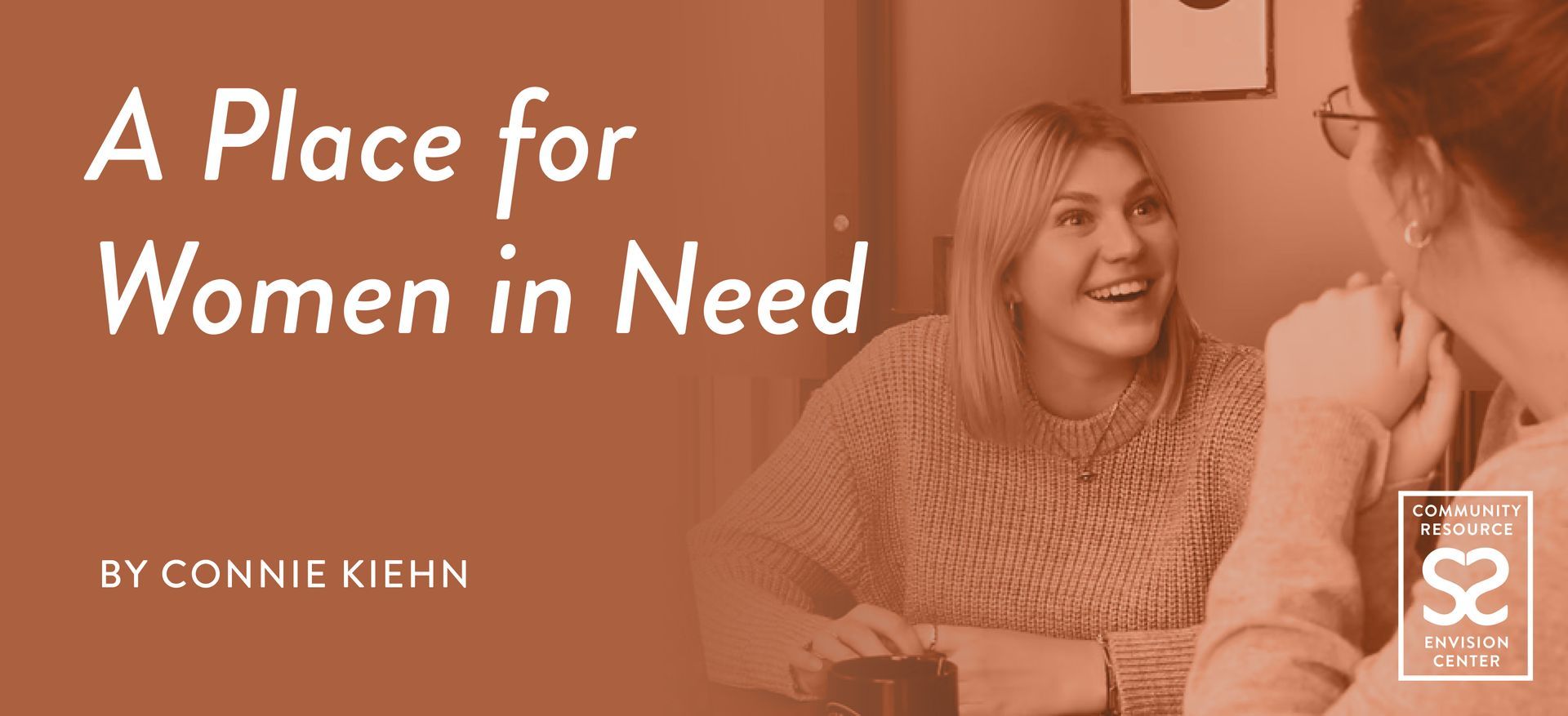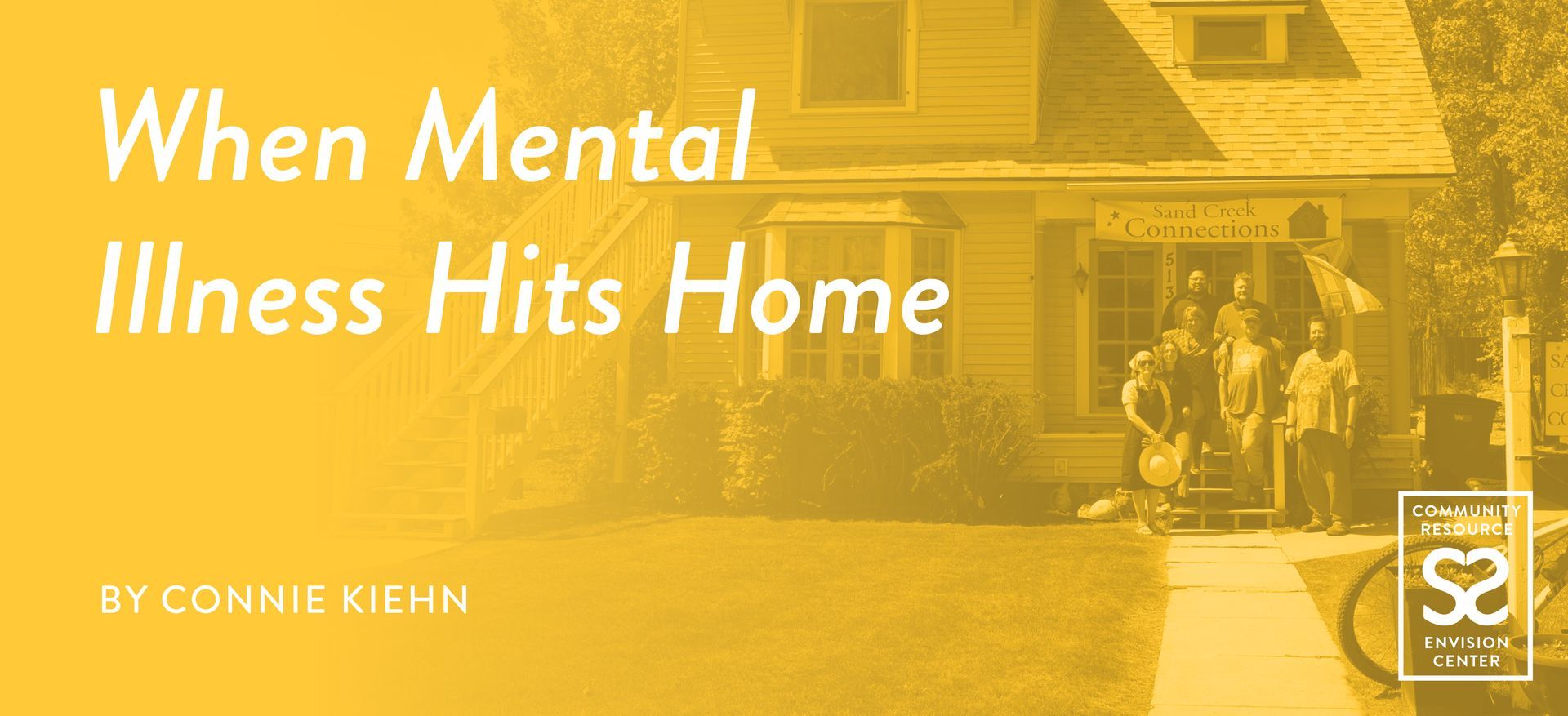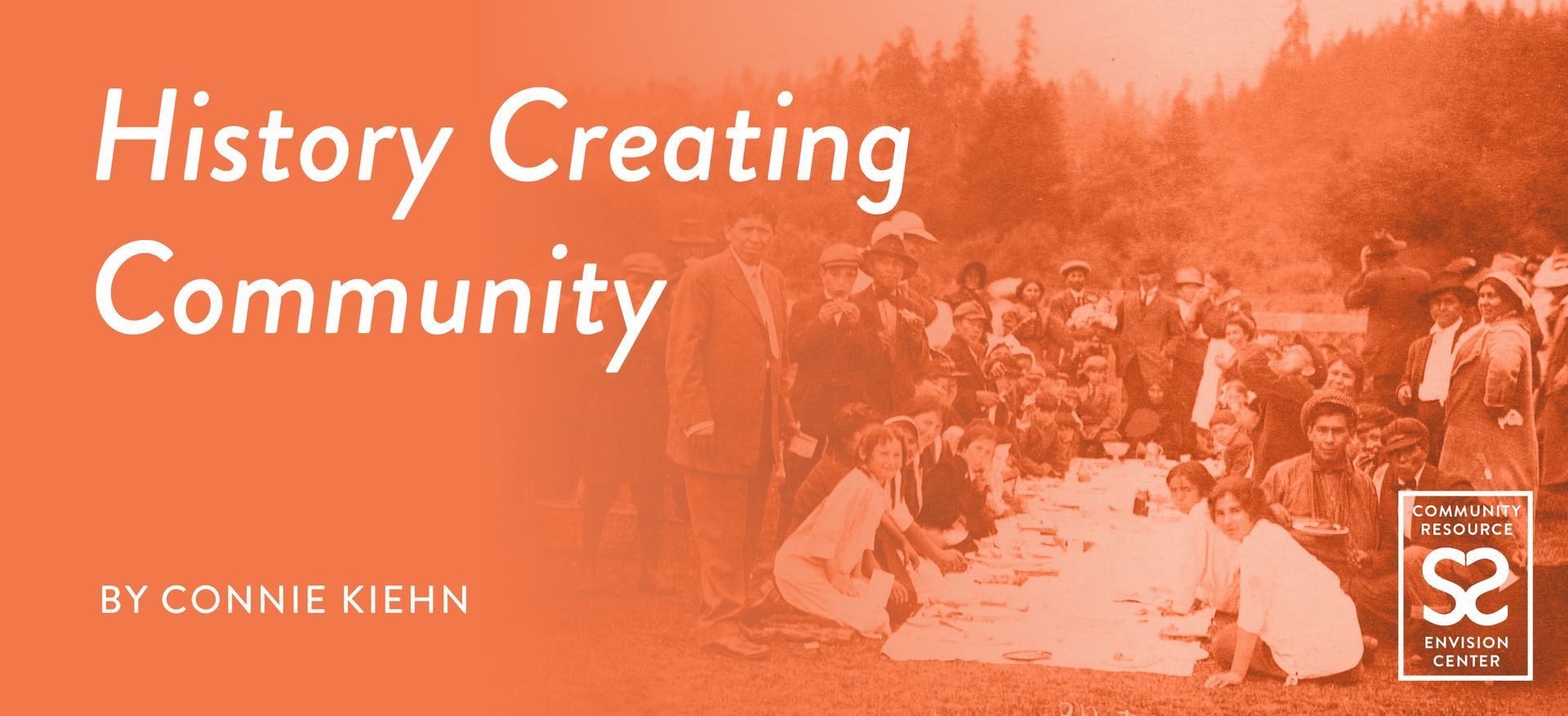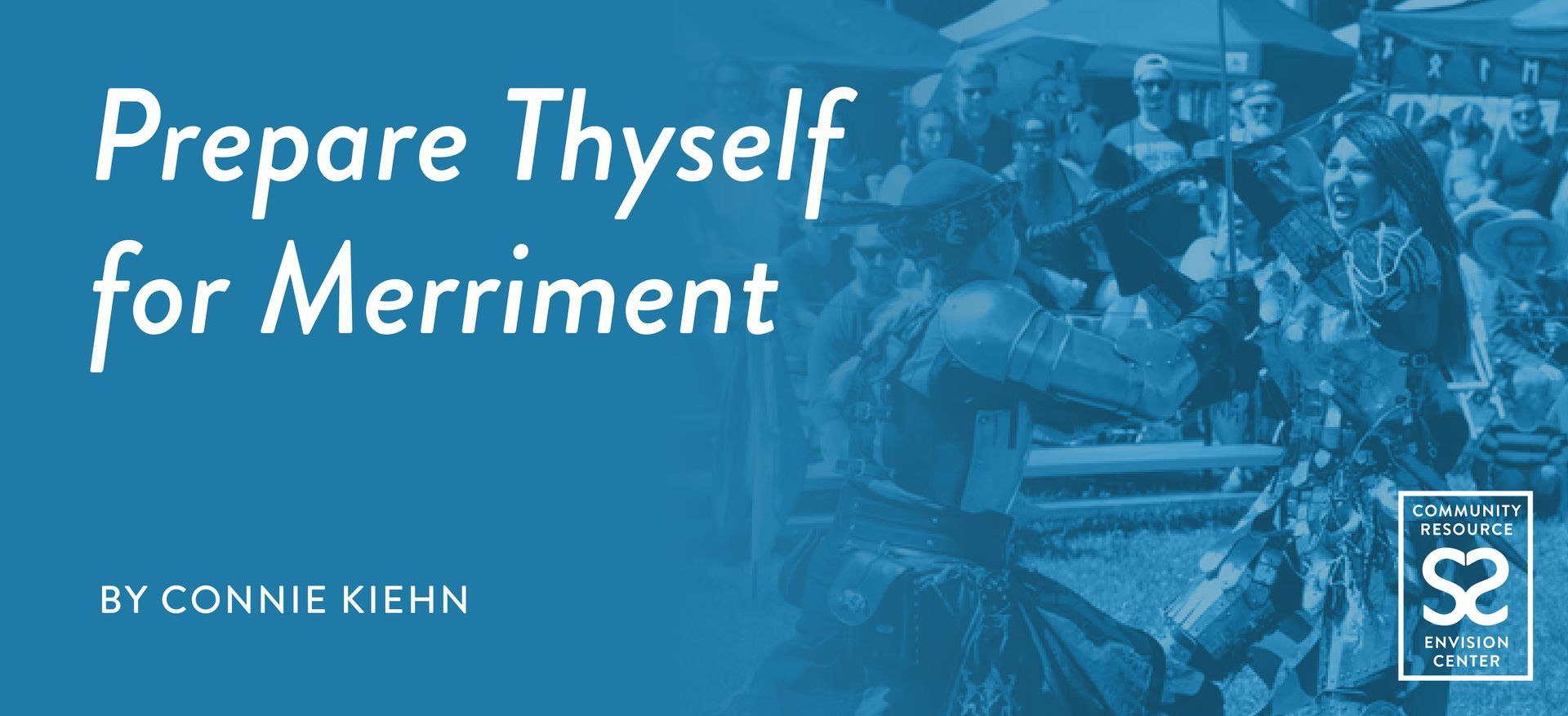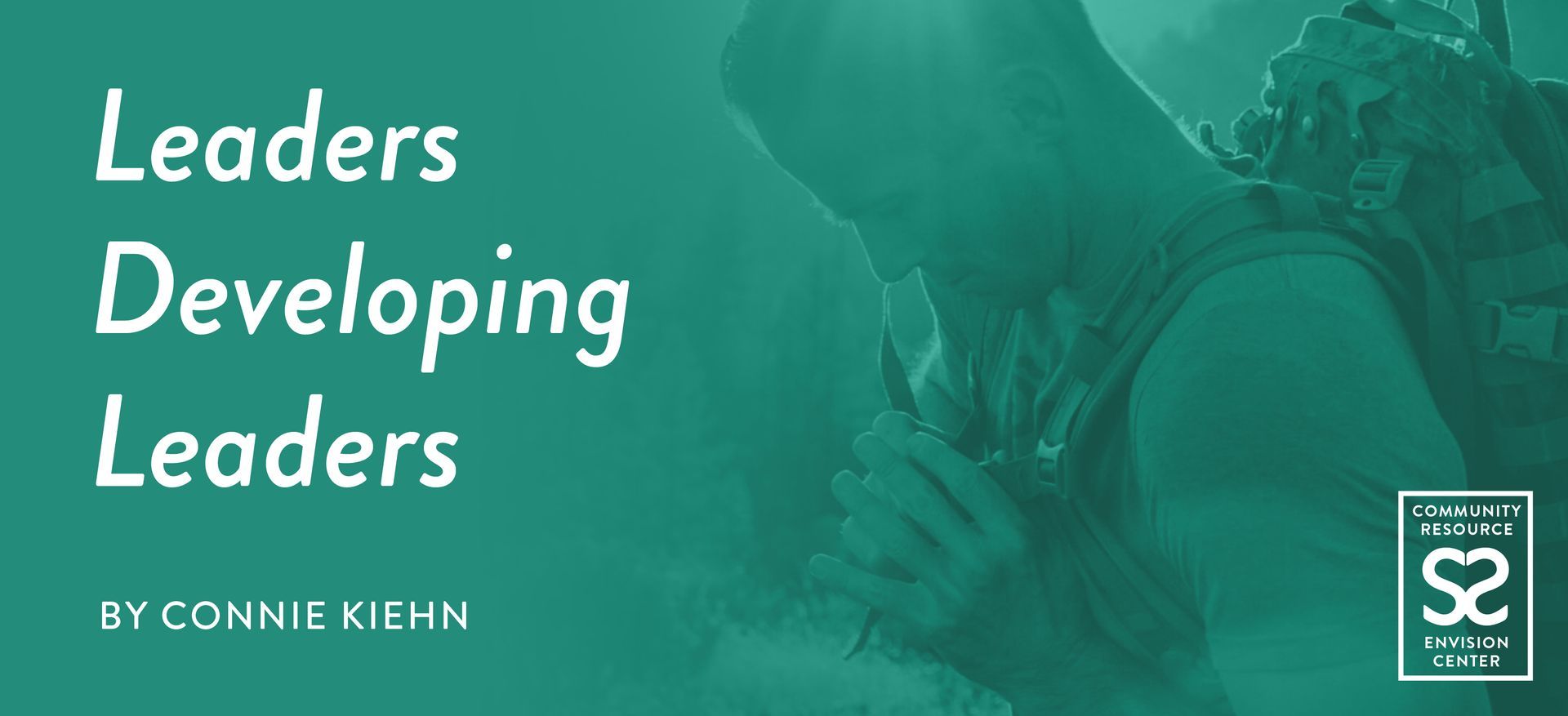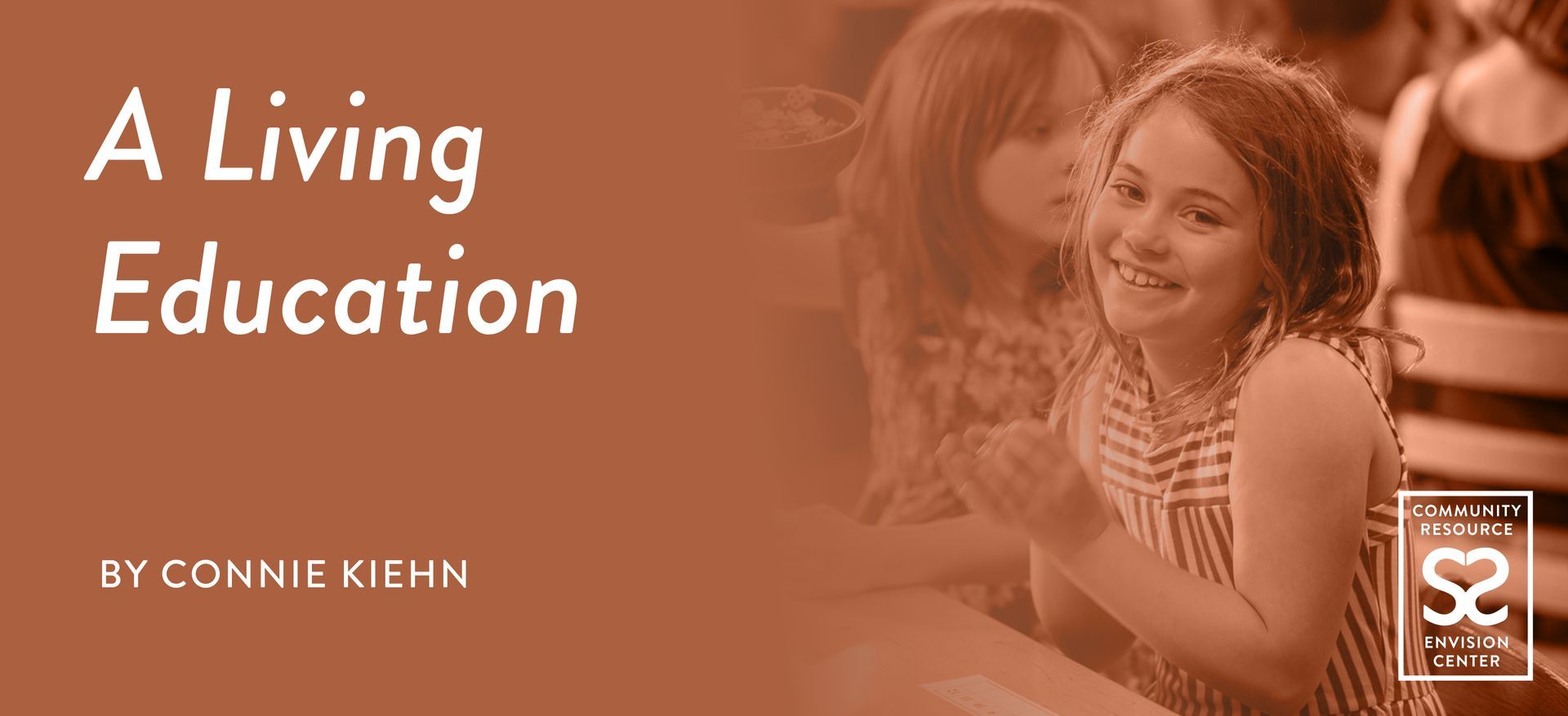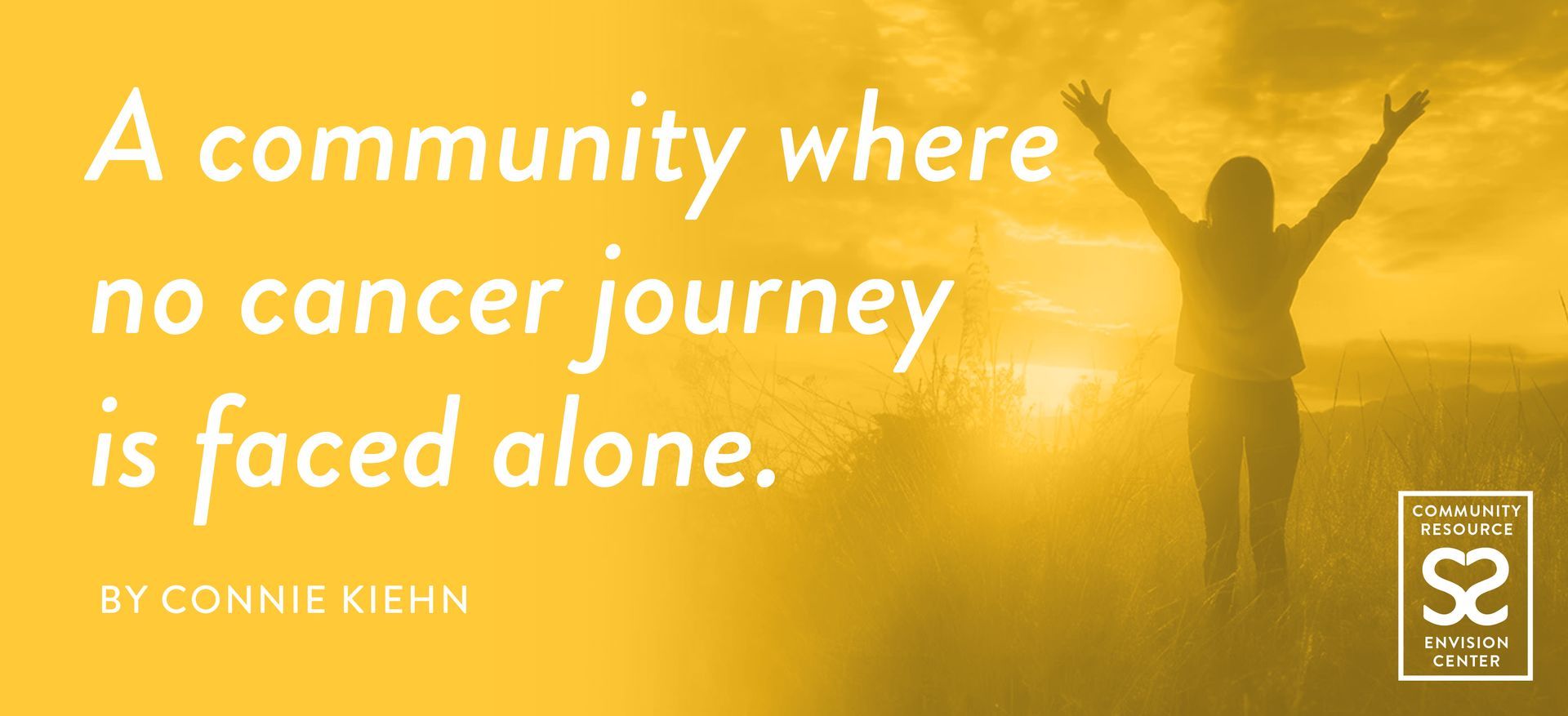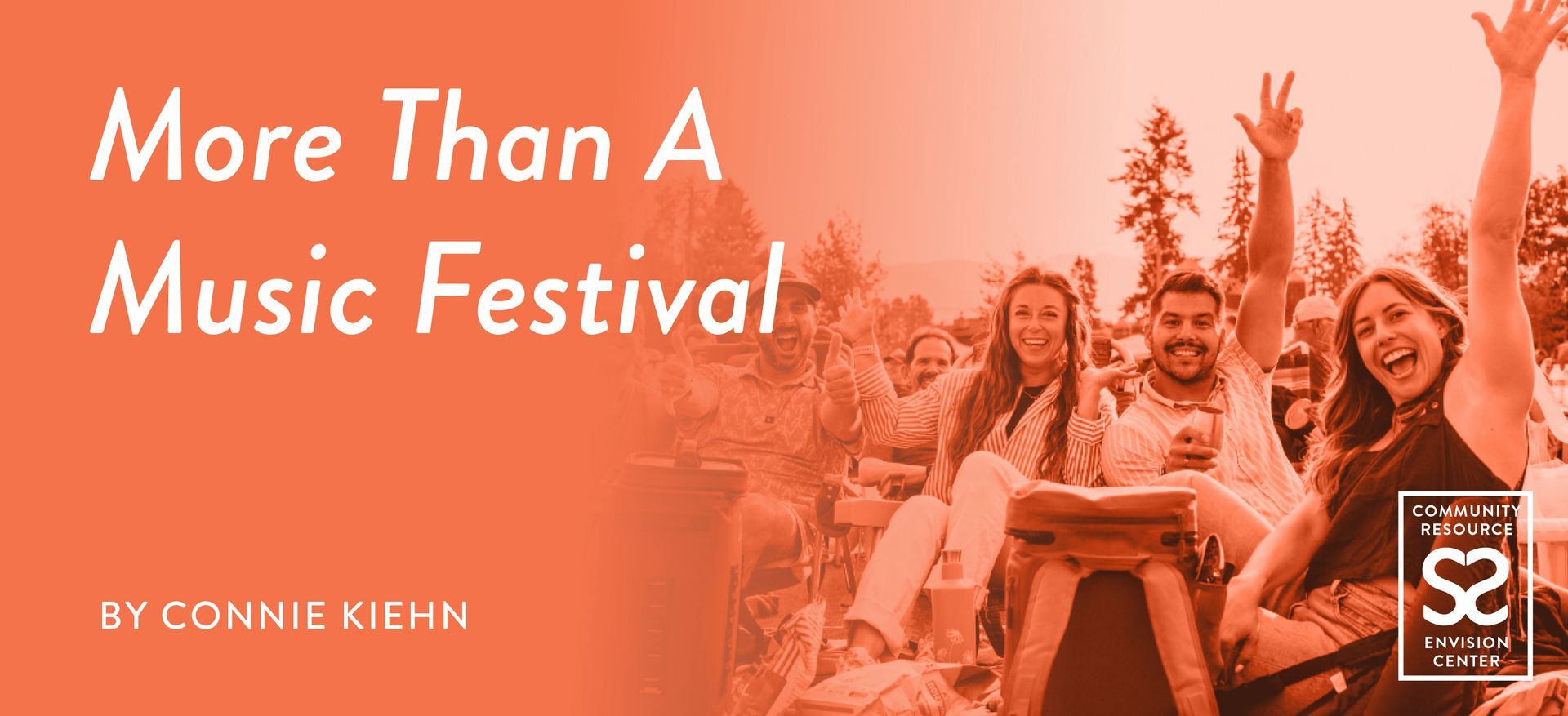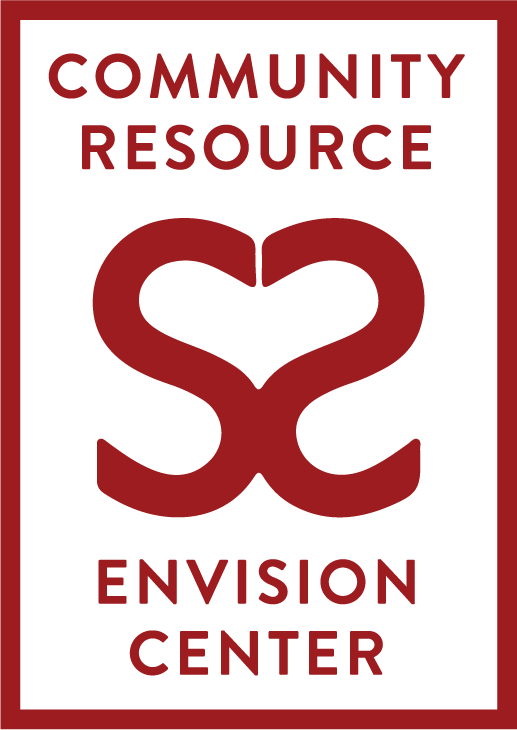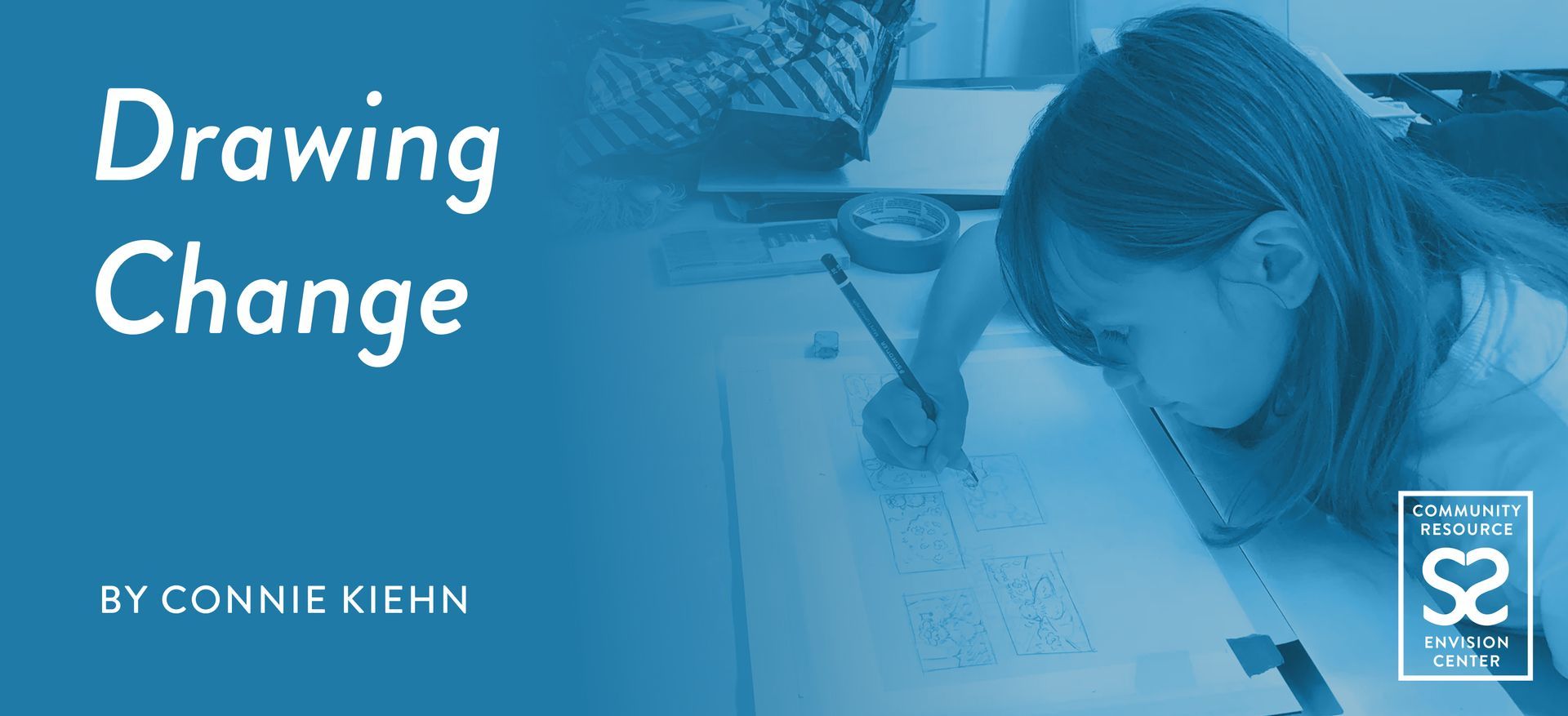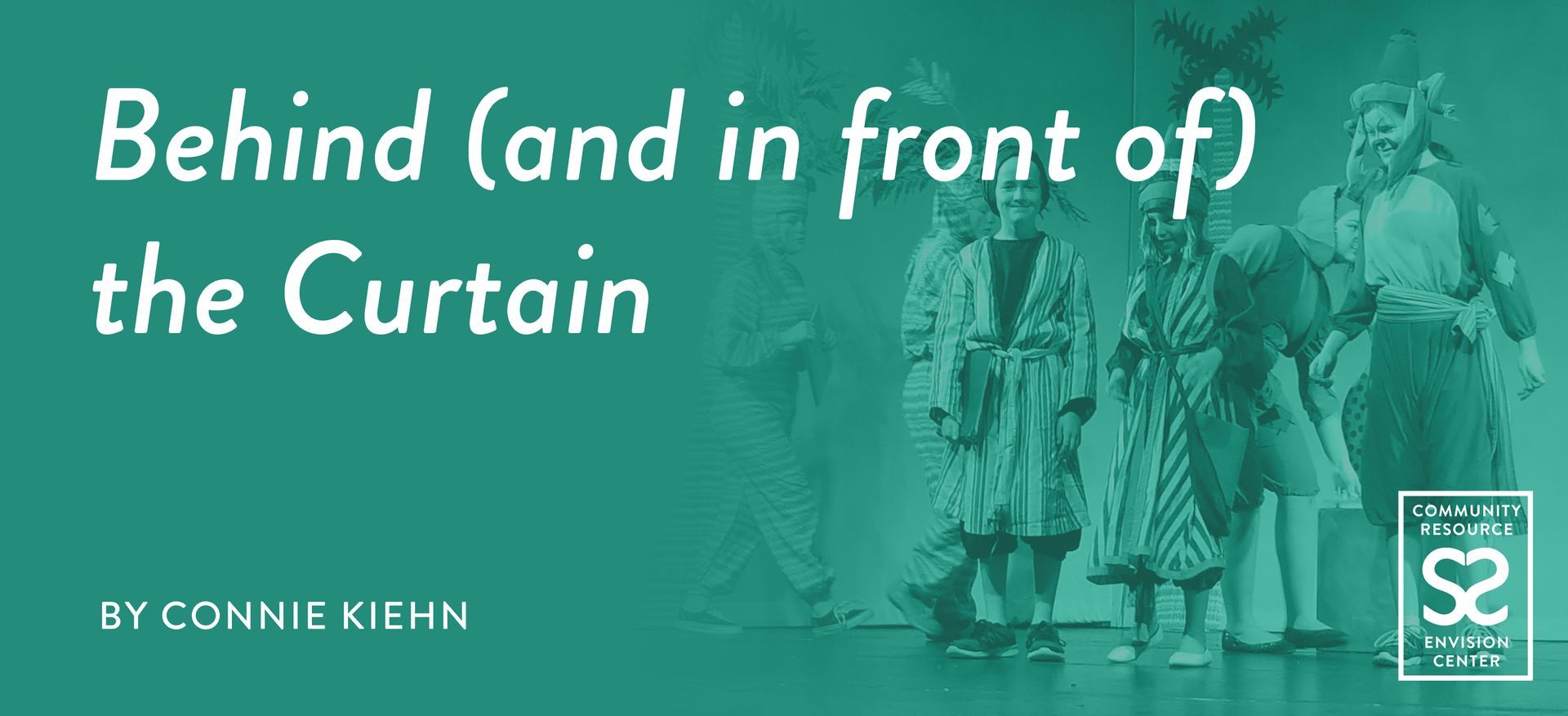Consider donating what you don’t need as you declutter this spring.
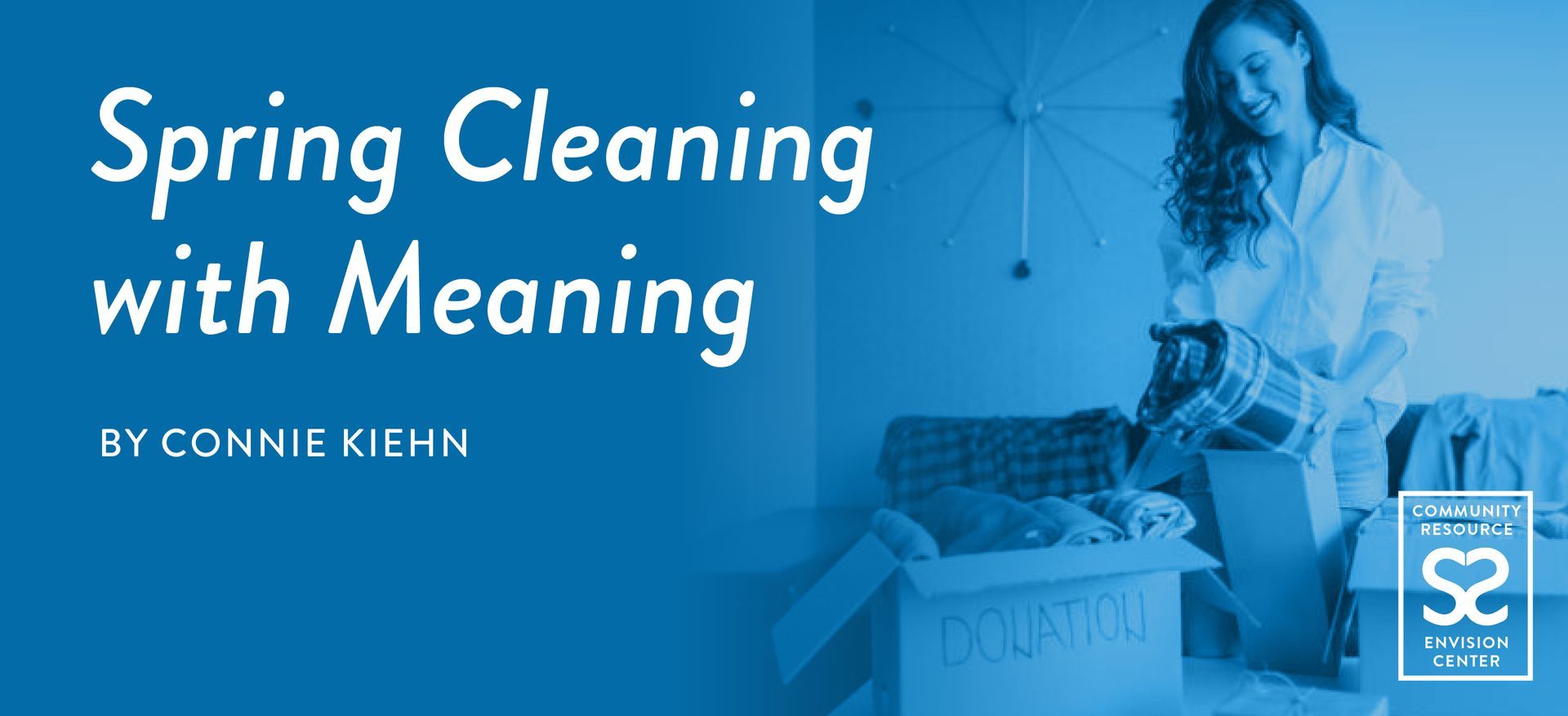
If you are in a season of life where volunteering or financially donating to noble causes isn't feasible, there are still ways to give back to your community as you go about your daily life. Consider donating what you don’t need to
Priest River Ministries (PRM) and/or
Helping Hands Healing Hearts (HHHH) as you declutter this spring.
No one quite knows where the idea of ‘Spring cleaning’ comes from. Some think it has to do with cultural traditions that view spring as a time of renewal and the act of cleaning the home as one of purification. Others say it was a historical necessity. As the weather warmed up, homes needed to air out. Accumulated soot, dust, and other debris trapped inside homes sealed during the winter required deliberate removal. Whatever the reason, spring cleaning is an American pastime. Many are quick to donate unwanted items to places like Goodwill or local food banks, which are excellent options. However, don’t forget there are other local organizations in the greater Bonner County area that could also benefit from your donations.
Priest River Ministries is on a mission to offer hope to women and children who are victims of domestic violence and/or trafficking. They offer counseling, food, basic items, emergency shelter, paralegal assistance, support groups, employment services and more free of charge. Similarly, HHHH provides clothing and food while also offering financial relief in the form of vouchers, direct payments and gift cards to anyone (male or female) who needs it.
Terms like 'support,' 'advocacy,' and 'empowerment' may seem like nonprofit clichés but they are fundamental concepts at PRM. These action-oriented buzzwords are fully embodied by PRM as they come alongside women in their time of need, offering a comprehensive roadmap to productive independence. Last year, PRM housed 120 people in emergency shelters. This includes children and those rescued from sex trafficking.
“People don’t believe trafficking is happening here, they are wrong,” said freshly appointed executive director of PRM Julie Bruceri.
Both PRM and HHHH are faith-based organizations. Both come alongside individuals when they may be at the lowest point in their lives. While PRM specializes in helping female abuse victims, HHHH assists anyone who finds themselves in need whether due to abuse or not. The HHHH store is free of charge and individuals can shop once a month for whatever they need. Additionally, HHHH provides financial support up to $150 a year by way of rent assistance, shower vouchers, bus tickets and more. When HHHH can’t meet a financial need, they network with other groups such as St. Joseph's Catholic Church and the Salvation Army to meet said need. Clients of HHHH are never given cash. Rent or utility assistance is paid directly to the biller by HHHH.
Chryl McCarty is also newly appointed as executive director of HHHH. She says they see the need for resources like those that HHHH and PRM provide rising every day. Helping Hands Healing Hearts is responding to the need with a big dream: The Samaritan Village. With the land already purchased, they hope to break ground on a new HHHH center and a variety of temporary housing, including duplexes and triplexes through building phases. The homeless population continues to rise in Sandpoint and Section 8 housing in Idaho has a waitlist of one year. McCarty is also the executive director of Bonner Partners in Care , another nonprofit that provides health care financial assistance. In 2023, HHHH assisted 125 homeless individuals, 20% of whom were children.
Both organizations rely on community donations to stock their free-of-charge storefronts. The Helping Hands Healing Hearts storefront is open on Tuesdays from 1:30 p.m. to 6 p.m. and Wednesdays and Thursdays from 1:30 p.m. to 4:30 p.m. Lydia’s, located in Priest River and operated as part of Priest River Ministries, is open Tuesday through Thursday, 10 a.m. to 3 p.m. Lydia’s offers free clothing and supplies to community members once a month, with no income or address check required for access. Additionally, PRM has an outreach program in Spirit Lake.
As you embark on spring cleaning, consider making a donation to one of our locally run and operated charities doing so much to help the Bonner and Boundary County regions. If you know someone in need, point them to PRM or HHHH. Both Bruceri and McCarty said one of their biggest problems is simply getting the word out that they exist. The next step being getting those who need the help to be unafraid to seek it. Priest River Ministries even has resources for the individual wanting to come alongside someone else who has been a victim of abuse. There can be a lot of undeserved shame associated with using any of the services provided by either organization.
McCarty told a story of a woman who was at HHHH and said she felt guilty for shopping since there were “probably others who needed the help more.” A sentiment heard often.
"Well, you need it. We help fill the gap. It’s ok,” McCarty told the shopper.
When you donate to HHHH or PRM, you help fill that gap. We encourage you to take the time to intentionally sort through your belongings this spring cleaning season and to give generously. If you really don’t have extra stuff you can part with...they take checks too.
Giving Guide
Please Donate
PRM: Children’s swimsuits, Snacks for kids, New underwear, Tampons, Socks (adult and child), Kids clothing in 4T - 14/16, Pajamas, Cases of water
HHHH: Summer clothing, Shelf stable food
Please Do NOT Donate
PRM: Toys, Adult Diapers
HHHH: High end clothing, Business Clothing
Both: Moldy clothes, clothes with mothballs and/or ripped and stained clothing. Believe it or not people frequently donate clothing in terrible shape. If you have been storing the clothes in a dark spot, damp space or somewhere bugs or rodents could get to it, check it before you drop it off. If you wouldn’t wear it in public, don’t donate.
How to Donate
PRM: Donations preferred at Priest River location
HHHH: Can donate clothing and non perishable food any time during open hours or in the wooden donation box when closed
Know you need to get decluttering but lack the motivation? Read our blog about what donating does for you.
